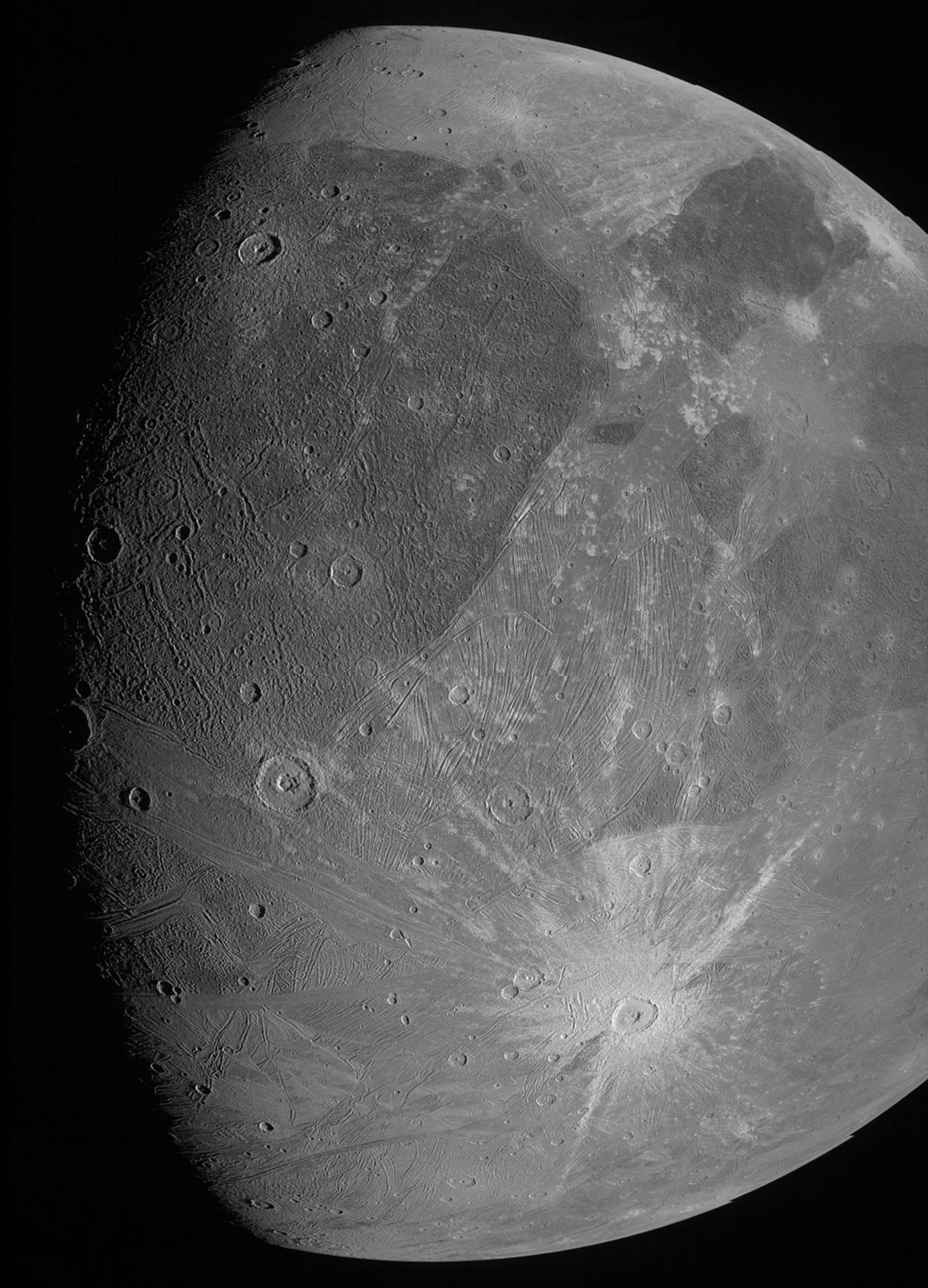The Juno spacecraft has flown closer to Jupiter’s largest moon than any other spacecraft in more than two decades, providing spectacular views of the ice orbit.
The first two images of the spacecraft made by NASA’s Juno spacecraft on Jupiter’s giant moon Canymete on June 7, 2021 have been received on Earth. Photographs, from a Junocom image orbiter of Jupiter and another from a star reference unit, show the surface in considerable detail, including grooves, clear dark and light terrain, and elongated structural features. Are associated with tectonic faults.
“This is the closest place to finding a spacecraft to this gigantic moon in a generation,” said Scott Bolton, chief researcher at Juno at the Southwest Research Institute in San Antonio. “We’m going to take some time before we make scientific conclusions, but until then we may be surprised to see this celestial miracle: only the Moon larger than Mercury in our solar system.”
Using its green filter, the spacecraft’s Junocom visible-light imager captured almost the entire side of the moon surrounded by ice. Then, when versions of the same image are made by combining the red and blue filters of the camera, imaging experts can provide a color image of the canyon. Image resolution is about 1 kilometer (0.6 miles) per pixel.
In addition, Juno’s Stellar Reference Unit provided a navigation camera that maintained the spacecraft’s title, providing a black and white image of the dark side (opposite the sun) bathed in the dim light scattered on Thursday. Image resolution is 600 to 900 meters (0.37 to 0.56 miles) per pixel.
“The conditions in which we took the picture of the dark side of the canyon were ideal for a low light camera like our star reference unit,” said Heidi Becker, head of Juno Radiation Surveillance at the Jet Propulsion Laboratory. NASA in Pasadena, California. “This is a different part of the surface that Junocom sees in direct sunlight. It’s fun to see what both teams can rebuild.”
The spacecraft will send additional images of its Canmeet flying aircraft in the coming days, and JunoCom source images will be available. Here.
The meeting of the solar-powered spacecraft with the Jovian Moon is expected to provide information about its composition, ionosphere, magnetic field, and ice, while providing measurements of the radiation environment that future missions will benefit the Jovian system.
More about the mission
JPL, a division of Caltech in Pasadena, California, was founded by Scott J. Snyder, chief investigator at the Southwest Research Institute in San Antonio. Juno manages the mission for Bolton. Juno is part of NASA’s New Border Program, managing NASA’s Marshall Space Flight Center in Huntsville, Alabama, for the agency’s Science Mission Directorate in Washington. Build and operate the Lockheed Martin space shuttle in Denver.
More information about Juno is available in English:







:quality(85)/cloudfront-us-east-1.images.arcpublishing.com/infobae/KTKFKR763RBZ5BDQZJ36S5QUHM.jpg)